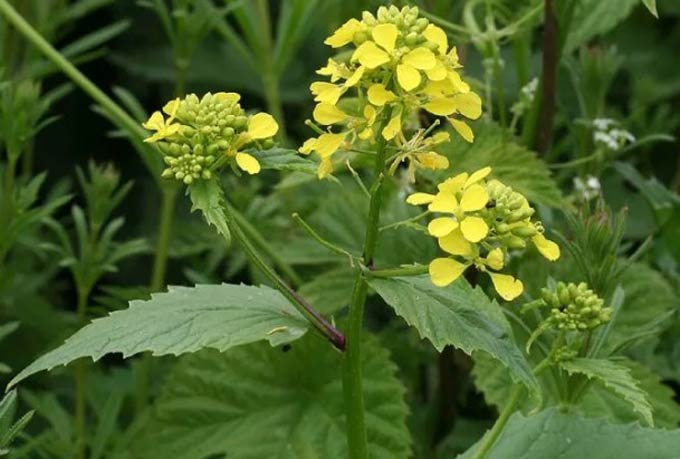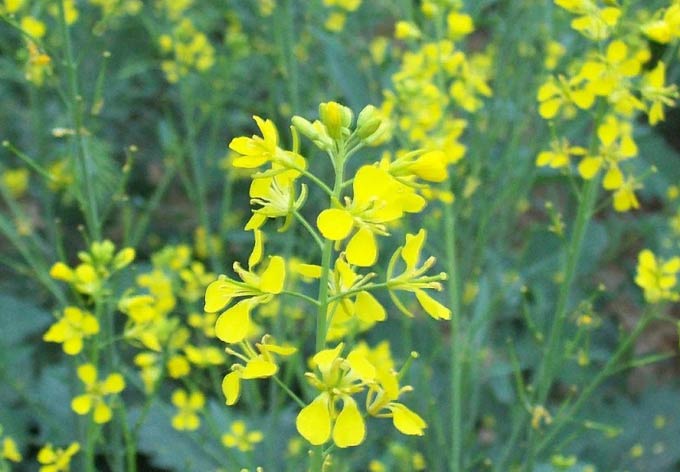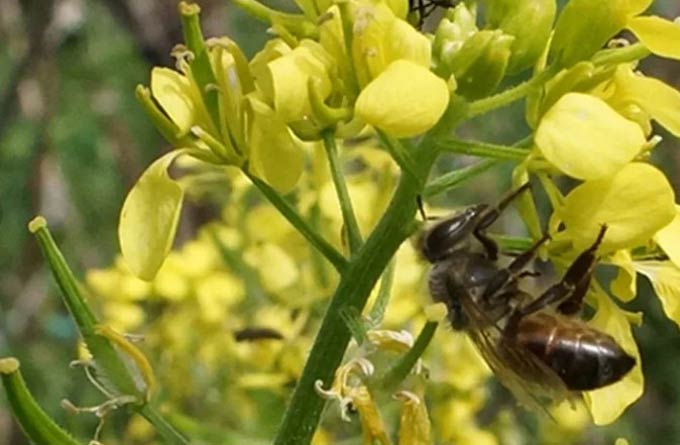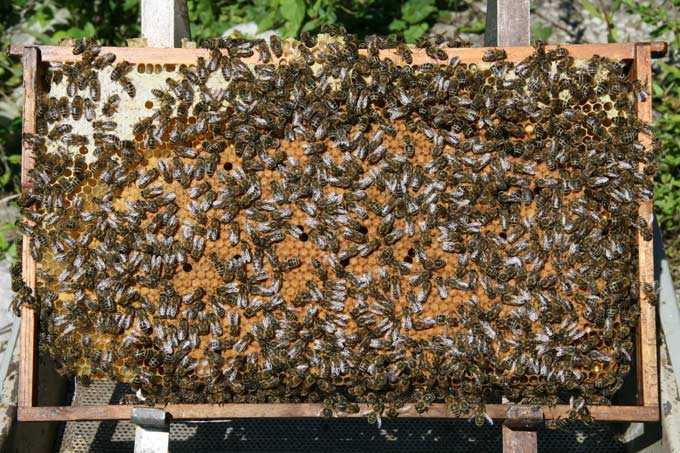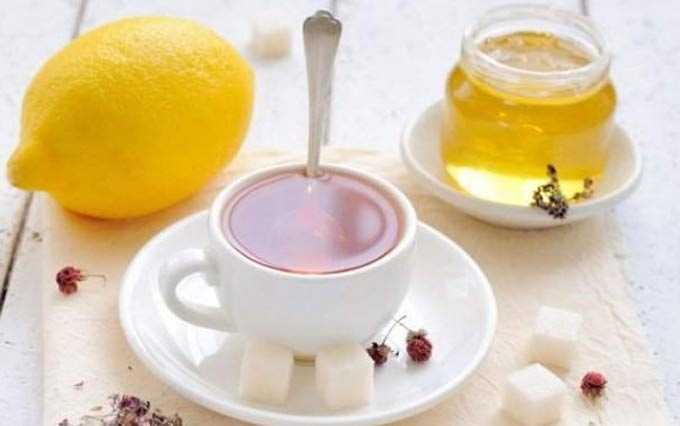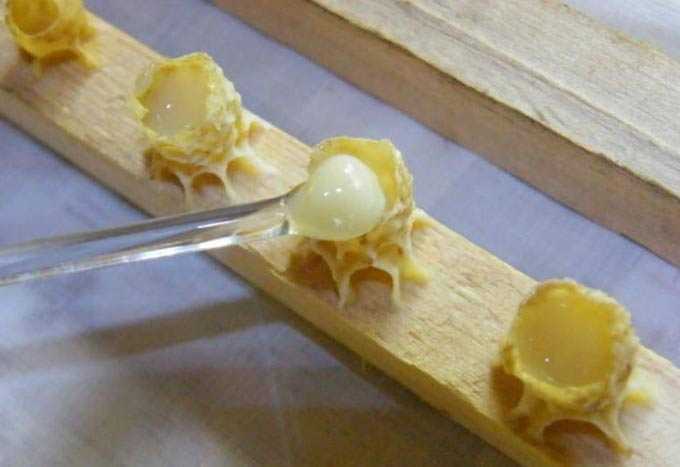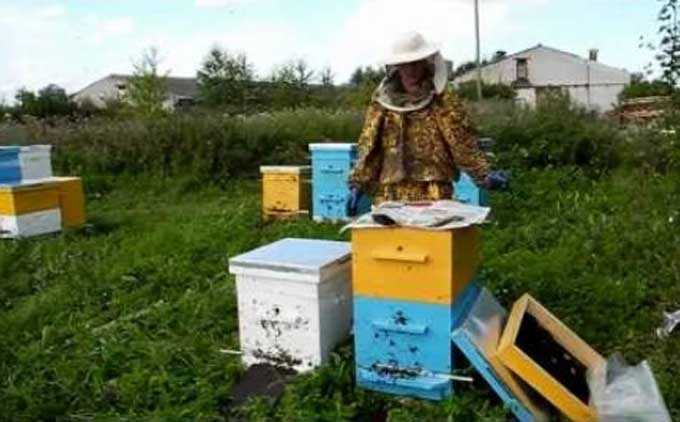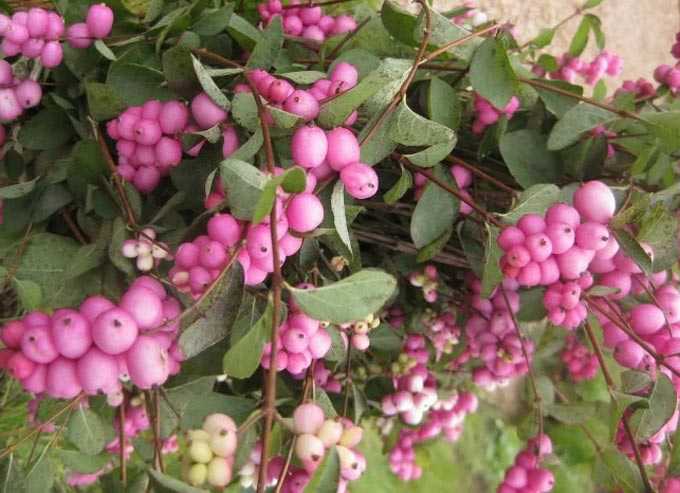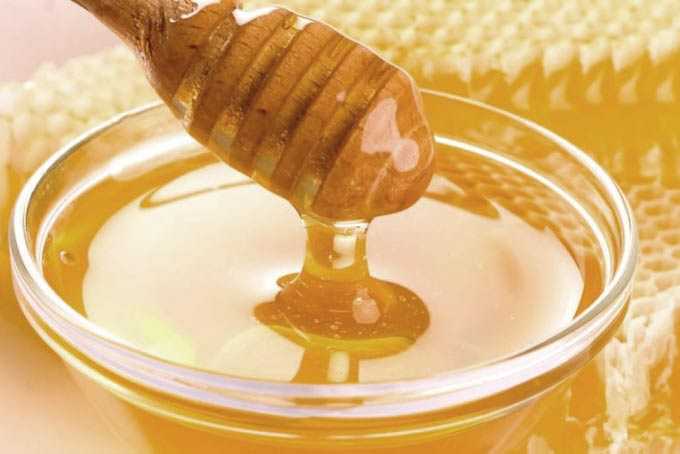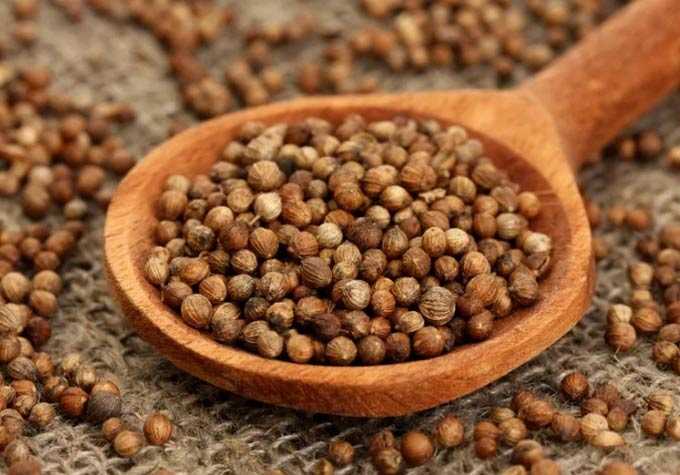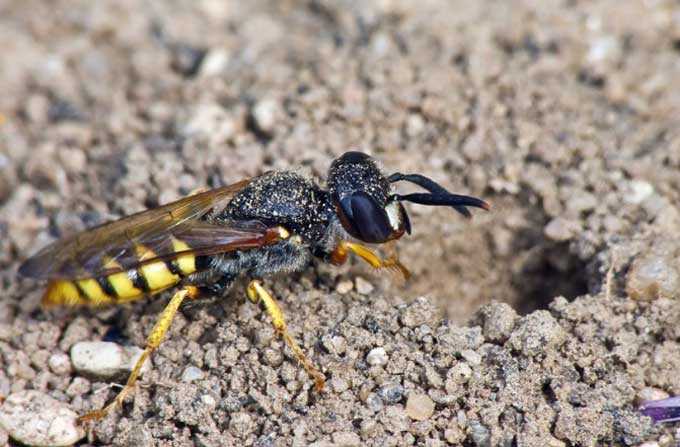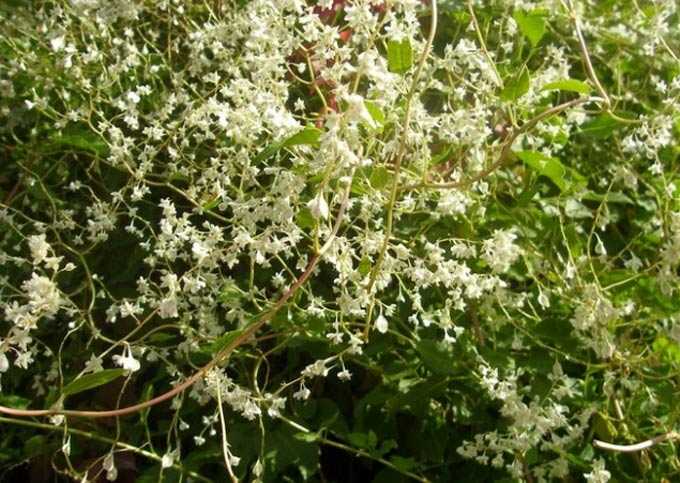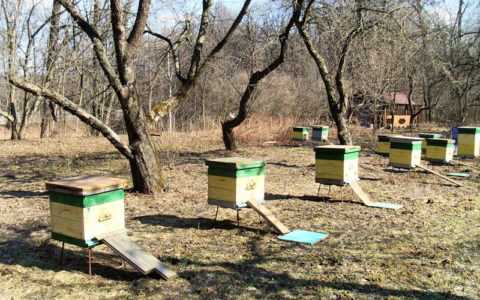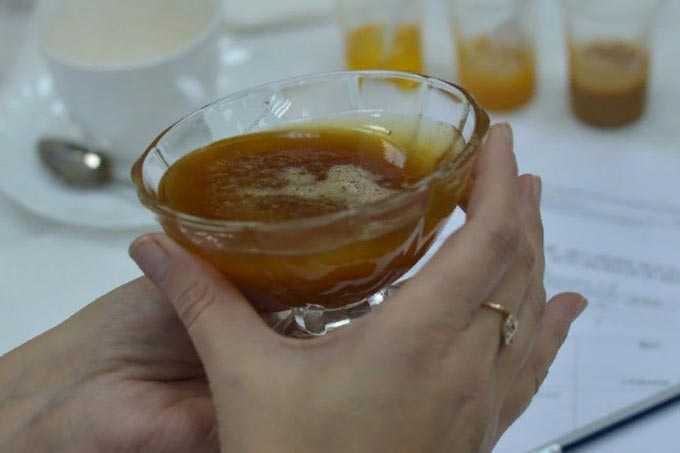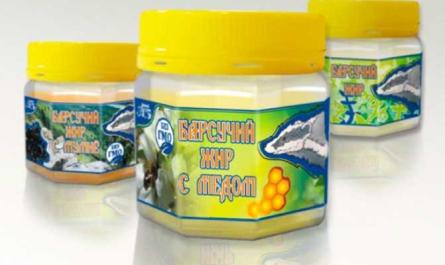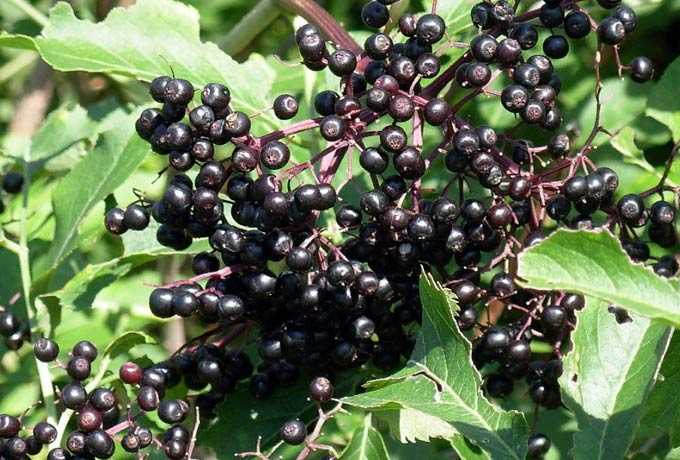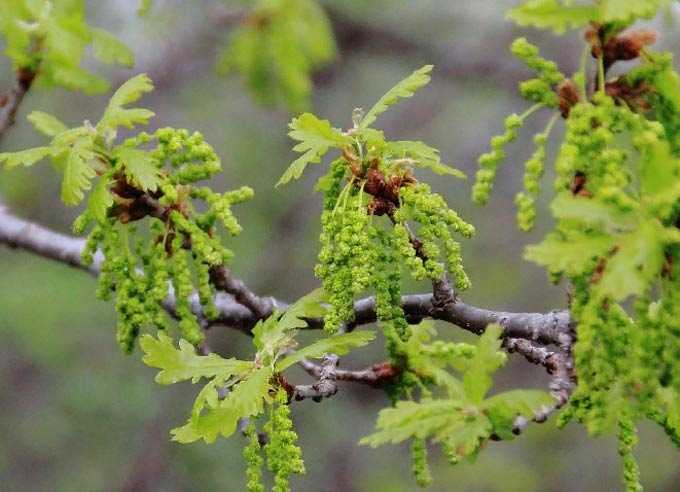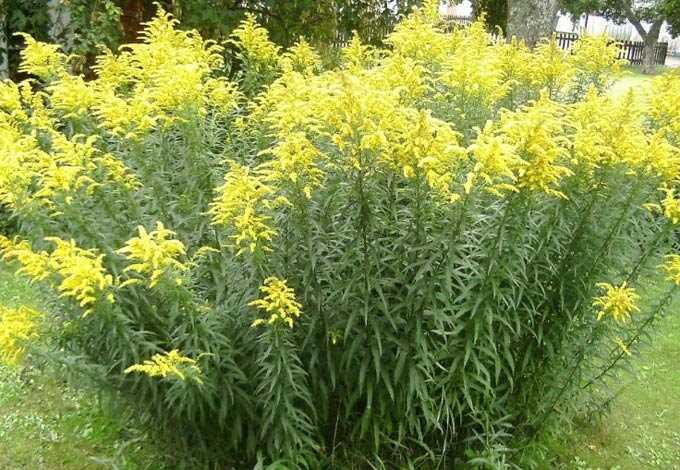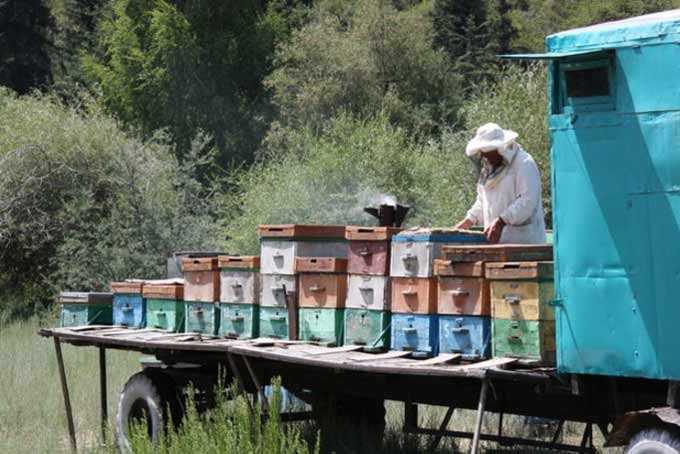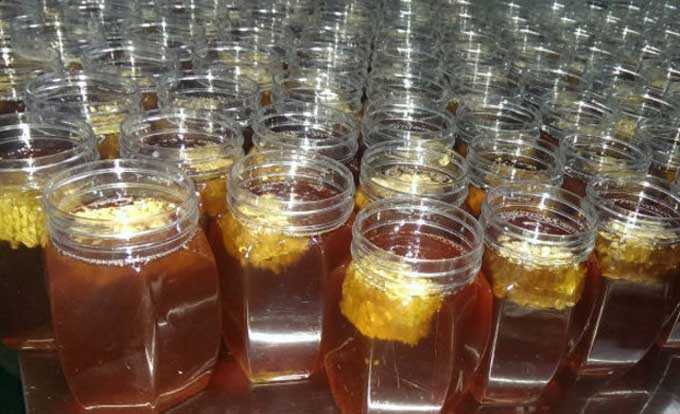Mustard honey is a valuable cruciferous herb belonging to oilseeds. Depending on the species, it can be very productive in nectar and pollen.
The content of the article
- 1 Significance for agriculture
- 1.1 White
- 1.2 Yellow
- 1.3 Sizaya
- 1.4 Black
- 2 Agrotechnics
- 3 Honey productivity
- 4 Useful Properties
Significance for agriculture
This cultivated grass is massively planted in the fields after legumes, cereals, row crops, perennial grasses.
As a honey plant, mustard shows itself well in personal plots, dachas, where it is sown after perennial grasses and cultivated plants. It is also distributed in the wild.
Main cultivated varieties:
- white;
- yellow (field);
- black (French, real);
- gray-gray (sarepta).
In our climate, preference is given to only two types – white and gray mustard. Black is sown much less frequently due to its sensitivity to cold climates – in unfavorable conditions, the plant crumbles easily.
White
Mustard is a white honey plant that lives only one year, but at the same time is the main source of nectar and pollen (pollen) in our climate.
The grass grows well on loam, provided that a sufficient amount of lime and humus is added to the soil.
The honey plant has an erect stem, overgrown with smaller branches, 70-80 centimeters high. Leaves petiolate, pinnately dissected in shape. The whole plant is entirely covered with rather stiff hairs. Its stem is crowned with inflorescences with large pale yellow flowers. The nectars in the flowers are arranged crosswise – hence the name of the family. Seeds are yellowish spherical.
Yellow
Yellow mustard honey plant, common in the wild. It is also called field. It is widely known in the world – it is found in North America, throughout the European part of our continent, in the Far East, Siberia, North Africa.
It is considered a malicious weed that harms spring crops in the steppes and forest-steppe zones. Through it, the pathogen of cruciferous keels, as well as aphids, cabbage fly, spreads in the fields.
The grass lives for one year, has a stem up to a meter high, oblong serrated leaves on short, almost sessile petioles. Inflorescences are grouped into elongated clusters. The flowers are yellow with a cruciform arrangement of petals. Seeds are spherical, black or dark brown.
Yellow mustard honey plant can be sown in early spring near apiaries.
A valuable oil is obtained from the plant. The remaining cake is not fed to livestock as it affects the taste of the milk and causes inflammation of the digestive system.
Sizaya
The gray mustard variety is known in our country as Russian. It is sometimes called Sarepta cabbage. It grows in Central Asia and Siberia as a wild plant. Cultivated in India, European countries, China.
In terms of nectar productivity, the grass is almost twice as low as the white variety. But at the same time it has an amazing resistance to drought.
It is notable for its high, straight stem, reaching a height of 140-150 centimeters, and a very long root – in drought it penetrates to a depth of three meters. Leaves are lyre-shaped, incised at the edges. The flowers are small, golden yellow. Ripe seeds are brown, rarely yellow.
Black
The black mustard variety grows wild in the southern regions of Ukraine. Here, the grass acts as a source of nectar, exceeding the productivity of other varieties of this honey plant.
Other names are French, real. The homeland of the honey plant is the tropical regions of Asia and Africa, as well as the temperate climatic zones of Europe.
It has a straight stem up to one meter high. Inflorescences are elongated, collected from small yellow flowers. Seeds are red-brown spherical – this is the main difference from Sarepta (gray) mustard.
You can find grass along the banks of reservoirs, in wastelands, in gardens and vegetable gardens.
Agrotechnics
Mustard as a melliferous plant is grown in near-area areas.
The prepared area must be fertilized! Seeds are sown in full or in wide rows with a distance of 45-50 centimeters between them. Embedding depth – from 3 to 6 centimeters.
Can be sown after legumes, cereals, perennial grasses and any cultivated plants that require plowing.
It is necessary to focus on the timing of sowing peas – approximately the end of April, the beginning of May. The honey plant begins to bloom on the 40th day after sowing.
Any of the listed species is distinguished by early maturity and unpretentiousness in agricultural technology – the grass is resistant to droughts, not demanding on moisture, type of soil.
Honey productivity
The amount of nectar released depends on the sowing time and variety:
- white mustard honey plant blooms in June-July and blooms for three weeks;
- gray-gray blooms from late April to mid-May;
- yellow blooms from late May to mid-June;
- black throws out inflorescences in late May, early June.
Each of the flowers lives for one day. The release of nectar is directly related to the weather. On dry days, two nectaries function, and on rainy days, all four.
The maximum secretion of nectar occurs between nine and eleven o’clock in the morning. At this time, the flowers give off a strong persistent scent, attracting bees. They also readily collect pollen, which has a characteristic lemon-yellow color.
The volume of commercial honey depends on the sowing time, weather, honey plant variety, and can range from 30 to 150 kilograms per hectare. Black mustard has up to 260 kilograms.
Pumped out honey in liquid form of a beautiful golden yellow color. During crystallization, small grains appear, and a creamy shade is acquired. The taste is pleasant. The aroma is light herbaceous. It is not suitable for wintering bees due to rapid crystallization.
Useful Properties
Like plant seeds, nectar contains essential oils valuable for humans.
Mustard honey is actively used in folk medicine for the treatment of various diseases of the respiratory system. It is used by:
- with pneumonia;
- with bronchitis of varying severity;
- with inflammation of the tonsils;
- for mild colds with a runny nose.
The product is suitable for cosmetic procedures, general strengthening of the body. Honey is also taken orally to increase appetite and improve digestion.

